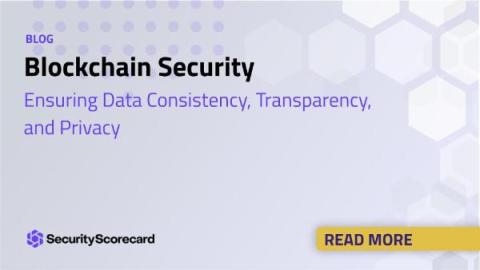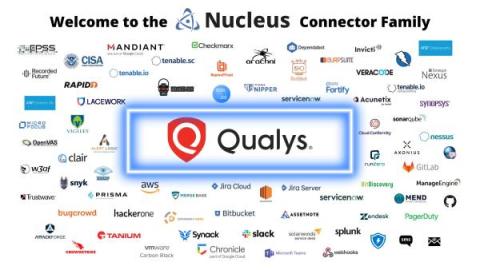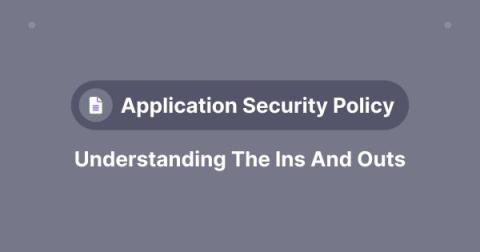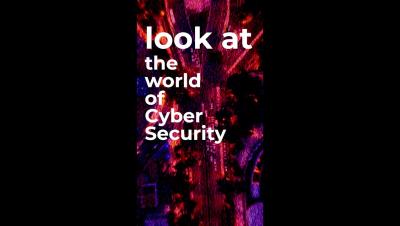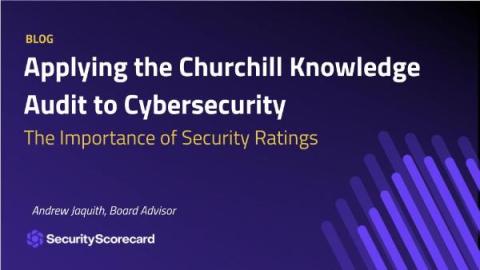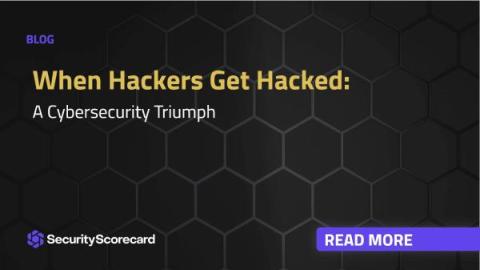Blockchain Security
The blockchain has emerged as a revolutionary technology with the potential to redefine how data is managed, stored, and shared. While initially associated with cryptocurrencies like Bitcoin, the blockchain’s applications extend far beyond finance, impacting industries ranging from healthcare to supply chain management. One of the blockchain’s key promises lies in ensuring data consistency, transparency, and privacy, critical elements in an interconnected and data-driven world.


